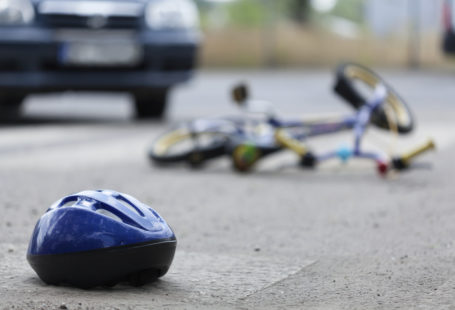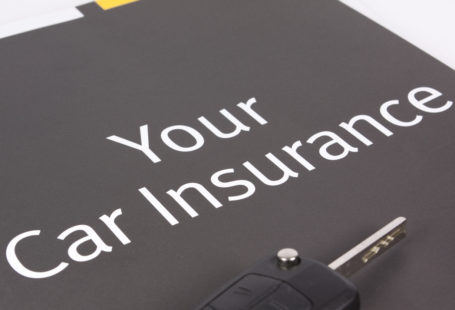Diminished value usually pertains to vehicle property damage in an accident case, but it can arise in conjunction with any claim for damages to personal property. Insurance companies hate to pay it. However, with the advent of apps such as Carfax which disclose a car’s accident history on the secondary market, diminished value has become a larger component of personal injury claims.
Diminished Value is Best Understood by Looking at Resale Values
In trying to come to a good understanding of diminished value, it is helpful to look at resale value.
Let’s say you are car shopping.
You go to your local used car lot and see two identical cars, both priced at $18,000. They are both pristine and within your price range. You search the 2 cars on Carfax or a similar app and find that one of the cars has been involved in a car accident. It needed over $7,000 in repairs because of the accident. The other car has never been in an accident.
The question is whether you as a buyer are willing to pay the same amount of money for both cars.
If not, how much of a discount would you seek if you were to buy the car that had been involved in an accident. That discount is the car’s diminished value.
Is Diminished Value Recognized Under California Law?
The short answer is yes. Under California law, a person whose property has been damaged is allowed both the reasonable cost of repairs and the diminution in value that has occurred as a result of the accident or damage. The total amount paid cannot exceed the property’s value before the damage occurred.
To collect for diminution in value, you must bring a claim within three years of the date of the accident.
Measures of Diminished Value
There are three different approaches to diminished value. Each has consequences for your claim.
When repairs are not able to perfectly repair your car, the car is worth less after repairs than before the accident. This measure is the diminished value.
You can also measure the difference in resale value before the accident and after the accident but before repairs. This is an immediate measure of diminished value, but it also leaves your insurance company in control of which repairs are completed. The result is that repairs may be incomplete and insufficient.
The last measure is called the inherent diminished value and is defined as the amount by which the resale value of a repaired vehicle has been reduced solely because of the accident. This is the measurement applied in the hypothetical used at the beginning of the article. This measure is widely accepted.
Practical Considerations
There are some practical considerations at play in these claims and insurance companies often rely on those considerations in refusing to pay these claims. You should know about them and how to handle them.
If the diminution is minimal, it may not be worth arguing about. However, often the diminution in value is substantial. In the hypothetical used above, how much of a discount did you want because of the accident? Was it in the thousands of dollars? When it is, diminished value is a bigger component of a claim against a culpable party.
California law uninsured motorist coverage covers diminished value claims.
Insurance companies know that a diminished value claim as a stand-alone claim rarely reached litigation absent a personal injury case. Because of that they often refuse to pay these cases. These cases usually require some expert testimony on the loss of value.
If you have been injured and suspect that you have a diminution of value claim, you should discuss this part of your claim with your attorney. The more unique the property involved, often the more valuable the claim. Attorneys know how to handle all parts of a personal injury claim.





